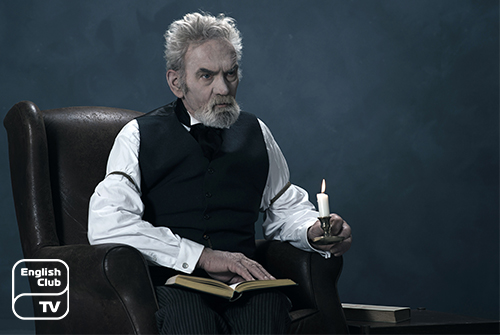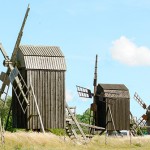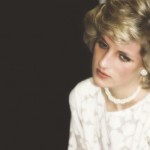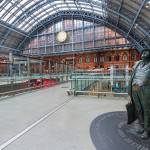John and Elizabeth Dickens, the parents of Charles John Huffam Dickens, had eight children and Charles (Feb. 7, 1812 – June 9, 1870) was the second of them. John had been working in the Navy Pay Office as a clerk. During this period, he found a godfather Christopher Huffma for his second child. John and family moved to London in 1815 and then to Sheerness when our Charles Dickens was at the age of four. Moving of the family did not stop at that for they had to shift again to Chatham where Charles had been until he was age 11.
Charles Dickens biography: Early Childhood
Little Charles read avidly and used to spend long hours outdoors. His early favourite novelists include Henry Fielding, Tobias Smollett, Gil Bias, and Robinson Cruso. One of his most preferred novels was ‘The Arabian Nights’. Charles educated in private schools as well during a John’s vacation and one of them was a dame school. In June 1822, the Navy Pay Office recalled John, and he moved to the Camden Town for his duty but Charles Jr, did not go along as he had to face his final school term.
Charles Dickens biography: Parents in prison
During this time, John borrowed heavily. The creditors finally took step to put him in the Marshalsea Debtors’ Prison in Southwark in 1824. While Charles stayed back with a family friend called Elizabeth Roylance, his mother and youngest siblings also jailed themselves with the father as the practice of the time. Most of the people that Charles happened to meet during this period became the central characters in his novels including Roylance.
Charles Dickens biography: Acting
Charles at the age of 20 enjoyed mimicking others and preferred to participate in the entertainment business to other occupations. During this period, he seemed to be living without an aim in life but yearned for fame. Dickens received membership of Garrick and got a chance of meeting with actor Charles Kemble and George Bartley. Through these two personalities, he won an audition for drama, but he missed it since he fell ill on the day, which turned the direction in his life and paved the way for him to be a writer instead.
Charles Dickens Biography – Writing
He sent his first story, “A Dinner at Poplar Walk”, to the Monthly Magazine in 1833. During this period, he worked in the House of Commons reporting parliamentary sessions and became known as a political journalist. Working for the Morning Chronicle, he travelled throughout the country covering elections campaigns. Collecting his journalistic reports, he published a book called ‘Sketches by Boz-Boz in 1836. He used this nickname in his early writing career since critics saw it somewhat peculiar using his name in the writing sphere.
Charles Dickens Biography -Journalistic career
The Morning Chronicle in its evening edition carried Charles’ columns called Street Sketches. George Hogarth, the editor of the Morning Chronicle evening edition, helped Charles in this regard very much. During this period, he became very friendly with Hogarth’s daughters, Mary, Georgina, and Catherine. In the years to follow, Charles improved his writing career very much, and famous authors such as Harrison Ainsworth, Daniel Maclise, Benjamin Disraeli, George Cruikshank, and Edward Bulwer-Lytton became his close friends.
Charles Dickens Biography -His famous novels
Charles became the editor of Bentley’s Miscellany in 1836 and held the position for three years. During this time, he began writing his famous novel ‘Oliver Twist’ and published it in 1838. In this period, Charles married Catherine Thomson Hogarth (1816-1879), George Hogarth’s daughter and blessed with ten children. In 1838, he published ‘Nicholas Nickleby’ and it followed his famous books ‘The Old Curiosity Shop’, ‘Barnaby Rudge’, and ‘A Tale of the Riots of Eighty’. Charles and his wife visited the United States and Canada in 1842 for the first time.
Charles Dickens biography: UK Visit and last days
During his USA visit, Charles gave lectures on copyright laws and accused them of piracy of his work in America. He along with 25 writers, tried to submit a petition to the Congress against piracy, but many opposed his attempt. Back in England, he wrote his first Christmas story ‘A Christmas Carol’ in 1843. In 1844, he wrote ‘The Chimes’ and ‘The Cricket on the Hearth’ in 1845. Thereafter, he published ‘Dombey and Son’ (1848), and ‘David Copperfield’ (1849-50). He died at Gad’s Hill Place on June 9, 1870 of a severe heart attack.









